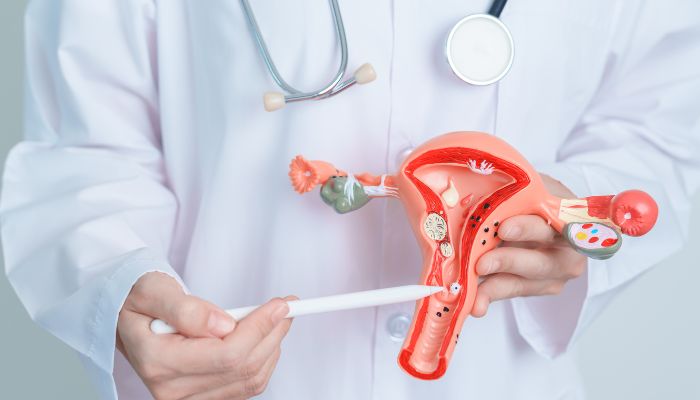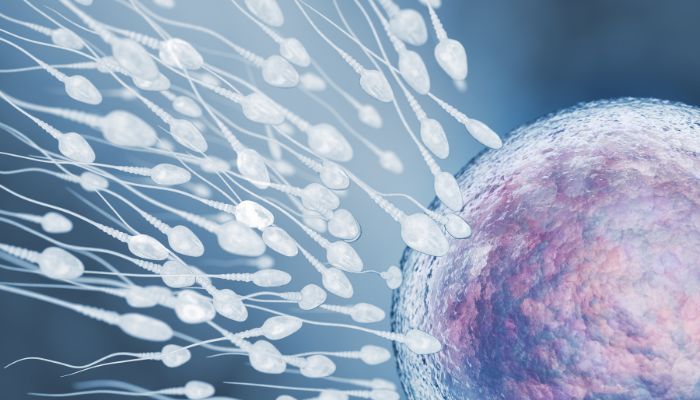Introduction
In the video below, our Clinical Lead, Dr Renato Bauman, talks about the fertility treatment options available in the Clinic and the steps involved in each one.
Merrion Fertility Clinic offers different fertility treatment options. The most basic treatment is called intrauterine insemination (IUI). A more complex fertility treatment is called IVF or in vitro fertilization. In some circumstances, this includes a procedure called ICSI or Intracytoplasmic Sperm Injection.
Dr. Renato Bauman on IUI, IVF & ICSI
Intrauterine Insemination (IUI)
IUI is usually the first line of treatment. We recommend this to patients who have issues with ovulation or some mild issues with sperm quality. For these patients, we also need to test whether the fallopian tubes are healthy.
The ovaries are stimulated to produce one or two follicles for ovulation. On the day of ovulation, a small catheter is used to inject concentrated sperm inside the uterus.
We are increasing the chance of conception but the process is still quite natural because the sperm is finding its own way to the egg. The hope is that a fertilized egg will create an embryo and will implant inside the uterus.
In the two weeks leading up to IUI, the patient will take tablets or low dose injections and will attend the clinic for scans. When we are happy that the patient has one or two follicles, we schedule the actual IUI treatment date.
The procedure takes around five to ten minutes. The level of discomfort to the patient is similar to that of a smear test because we have to put the speculum inside the vagina. After the procedure, we generally prescribe additional progesterone, usually vaginal pessaries.

In Vitro Fertilization (IVF)
The other more complicated treatment is in vitro fertilization (IVF). The first two weeks involves taking injections. During that time, the patient has two to four scans to assess when the best time is to proceed with the egg collection.
With IVF, the eggs are taken out of the body. With IUI, the target is to create one or two follicles, with potentially one or two eggs, whereas IVF creates more follicles resulting in more eggs. So instead of having one or two, we hope to have 5, 10, or 15 eggs.
The treatment is scheduled with a triggering injection that is usually given in the evening. Around 36 hours after, we will proceed with the oocyte retrieval, or what is commonly called egg collection.

The egg collection is done in sedation because the egg collection needle goes through the vaginal wall and inside the ovary, to take out the eggs. In a very small percentage of cases, less than 1%, this is done without sedation, usually on request of the patient themselves.
The patient recovers after an hour or two and is then free to go home.
On the same day, the partner has to produce the sperm. In a situation where donor sperm is being used, the sperm will be thawed. Then the embryology team will carry out IVF or ICSI in the lab.
Intracytoplasmic Sperm Injection (ICSI)
So what is IVF? IVF is the procedure where eggs are put in separate dishes and then inside those dishes the concentrated sperm is mixed with each egg.
So what is ICSI? The embryologist selects the mature eggs and then injects each one with a single sperm in the hope of achieving fertilisation.

What Happens After the Egg Collection?
24 hours after the egg collection, the patients receive an important call from our embryology department with the initial information on how many eggs are fertilised.
In the following few days, patients will be updated on the development of the embryos. Our usual target is five days after the egg collection to transfer a good quality “day 5 embryo” or blastocyst into the uterus in a procedure similar to that used for IUI insemination.
Just like IUI, this is uncomfortable because the speculum has to be put inside the vagina when we insert the small catheter, with the embryo, inside the uterus. While we are doing the transfer, we use ultrasound control so we can see where we will place the embryo.
After that, the patient has to use daily vaginal pessaries. Then, after 12 days, they will do the pregnancy test.